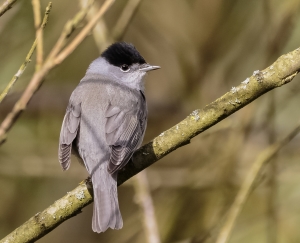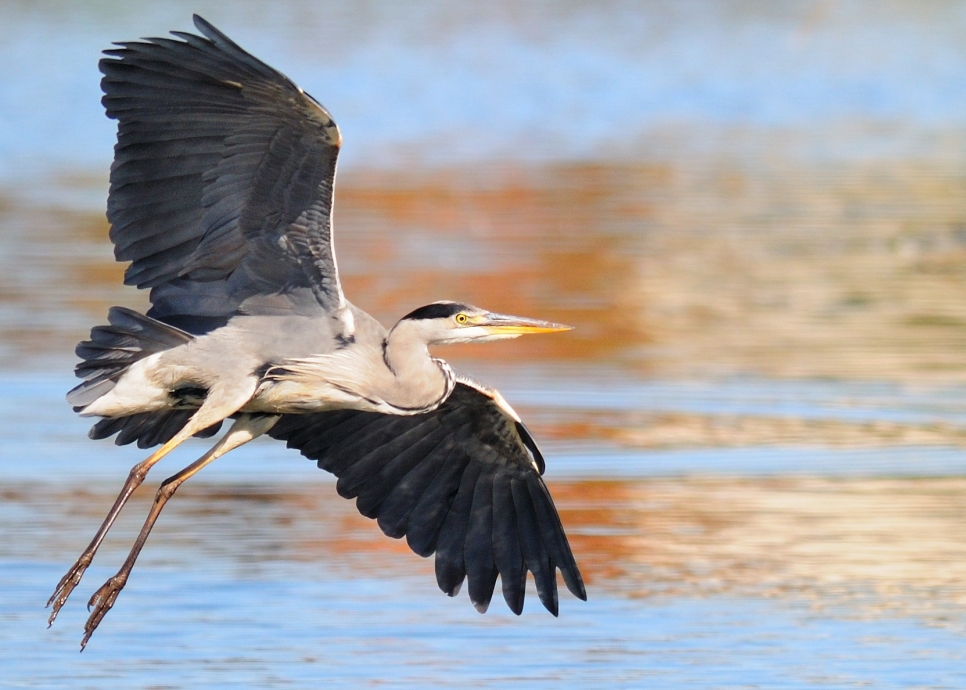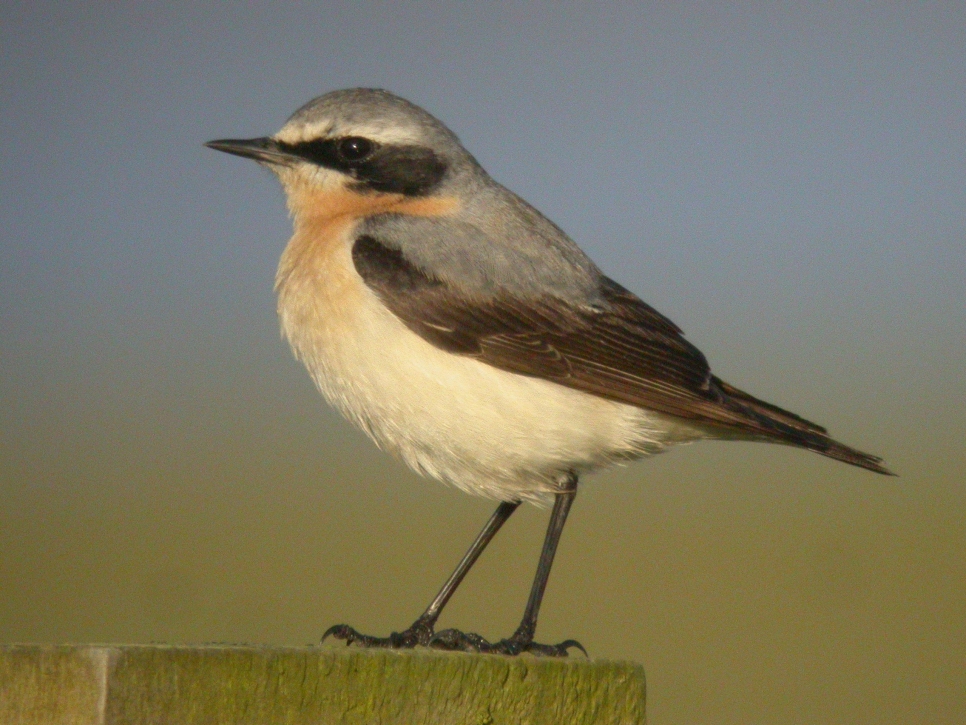Latest Sightings
There has been a black tern roosting on the mere this week. Black terns are most commonly seen when easterly winds blow them off course on their migration from Africa to continental breeding grounds. Black terns used to be abundant breeders in the UK until the early 19th century, when the drainage of the fens deprived them of their habitat.
The 19 pairs of common tern should be hatching in the coming weeks. They are nesting on the island at the back of the mere, you can see their heads sticking out of the vegetation, occasionally turning their eggs in the nest so they incubate evenly. Their mates seem to have a regular food run past Ron Barker.
A lone male garganey was seen from Harrier Hide this morning. One male and two female wigeon were also seen from the hide.
A little bittern was reported on the public footpath on Sunday morning. Little bitterns are a tiny member of the heron family, about the size of a woodpigeon. Little bittern generally breed on the continent but have rarely been recorded breeding in the UK.
The avocet chicks are growing! The chicks can be seen from Gordon Taylor hide foraging for food alongside their parents. All the lapwing chicks seem to have fledged from the fields, and the juveniles can be seen feeding on any of the water bodies on the reserve.
There are many ducklings bobbing around on the Mere. Look out for the shelduck ducklings, like little humbug sweets! We’ve had at least 3 pochard pairs with ducklings too.
2 cattle egrets are regularly seen from Ron Barker hide.
3 kingfishers were seen diving for fish from Harrier Hide this afternoon.
A barn owl was seen at Top Mere barn this morning and last night, and one was seen flying out of Harrier Hide this morning.
The warblers are still singing their tiny hearts out. You can hear whitethroats at Ron Barker, blackcaps on the nature trail, reed and sedge warblers on the reedbed and Woodend marsh, and cettis warbler just about anywhere.
Signs of water voles have been seen in the ditches around the reserve. A hare was seen on the path up to Harrier Hide this morning, as well as in the bull’s field near Ron Barker hide.
The insects are enjoying the hot weather. The dragonflies are hunting throughout the reserve, especially on the path down to Gordon Taylor and around United Utilities. You can see four spot chasers, black tailed skimmers hunting down their insect prey. Their damselfly relatives in flight at the moment are common blues, azures and blue-tails. The banded demoiselles have been putting on a great show in the sluice near United Utilities hide. As for butterflies, we recorded lots of speckled wood and common blues today, as well as our first large skipper of the year.



